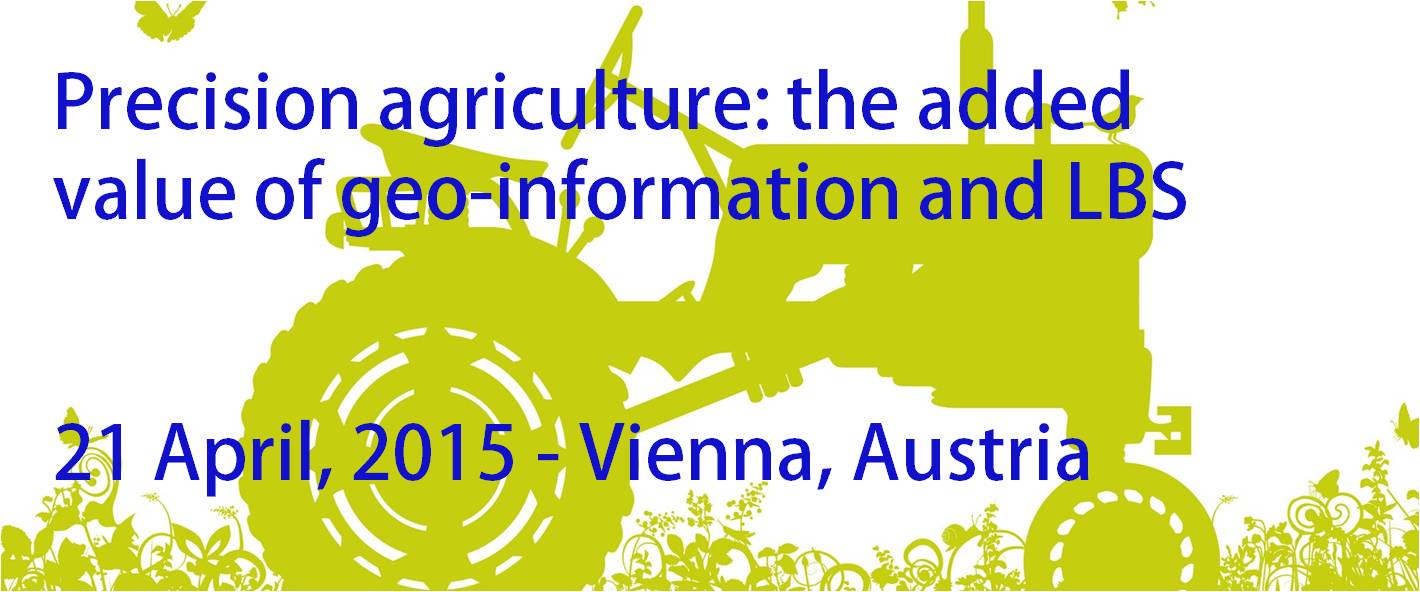Information on soil parameters (humidity, fertilizer content, crop maturity or disease) derived from Earth Observation satellites has already been used successfully by farmers to reduce water consumption and fertilizer use, with no reduction in yield. Furthermore, using satellite navigation systems to guide farming machinery has become almost standard practice in some countries (Denmark, Germany, Netherlands).
However, while the technology has been proved to work, the innovative services related to the technology are currently emerging, and not yet in use on a sufficiently large scale, given their added value. The development of GNSS applications relative to EO applications is often treated separately, even though the technologies have more impact together than separately, when applied to the same problems.
This workshop made an inventory of the current precision agriculture solutions that have been proven to work, and of the needs and constraints of their users, in order to pave the way for a more extensive use of effective satellite services, whether based on EO or GNSS.
Audience
- Agriculture stakeholders: representatives of farms, farming associations, networks and interest groups, agriculture machinery companies etc
- Satellite services and ICT stakeholders: satellite services providers and specialists
- Institutes and academia

